June 9, 2018
Posted in News
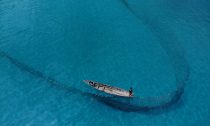
In February 2018 the Government of Seychelles announced the creation of two new areas for marine protection covering 16 per cent (210,000 square kilometres) of its ocean:
• 74,400 square kilometres of mostly deep and some inshore waters surrounding the Aldabra Group, an archipelago 1,100 kilometres west of Seychelles’ main islands where endangered marine species live and breed, or migrate through.
• 136,000 square kilometres of deep waters stretching between the Amirantes Group and Fortune Bank, a swathe of Seychelles’ central ocean that includes areas important for biodiversity conservation, tourism and fishing industries.
The first area is a new Marine National Park that restricts almost all human activities in one of the world’s most ecologically important habitats, the waters a...
Read More
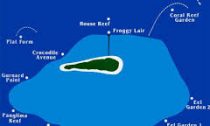


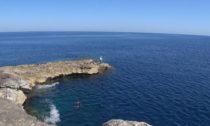
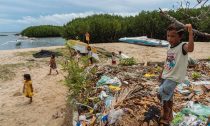

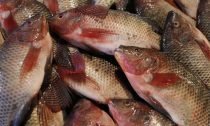
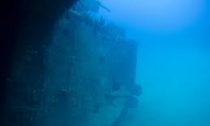

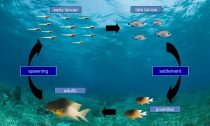
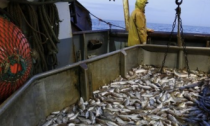
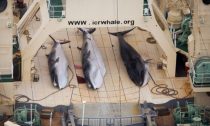


Social Profiles